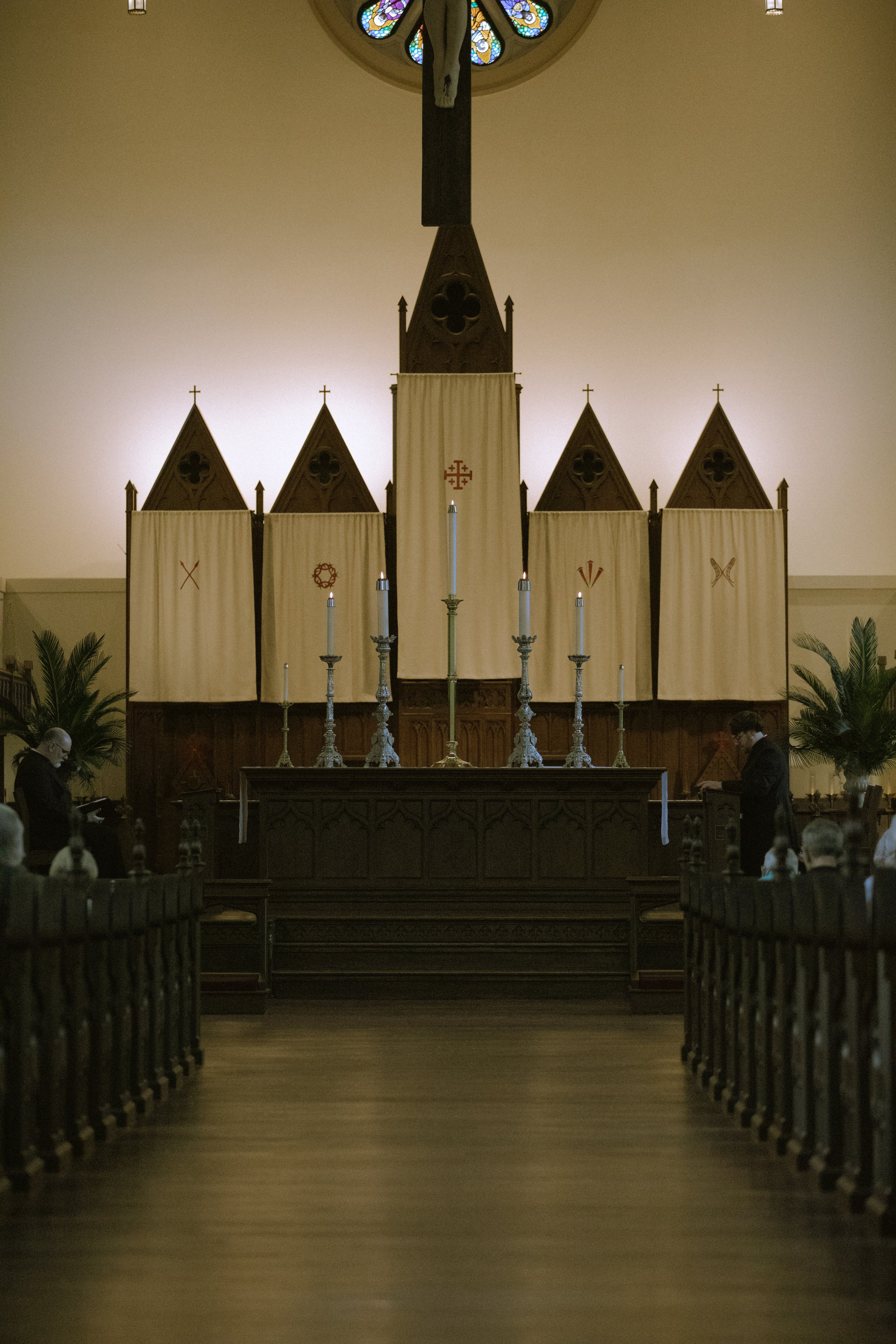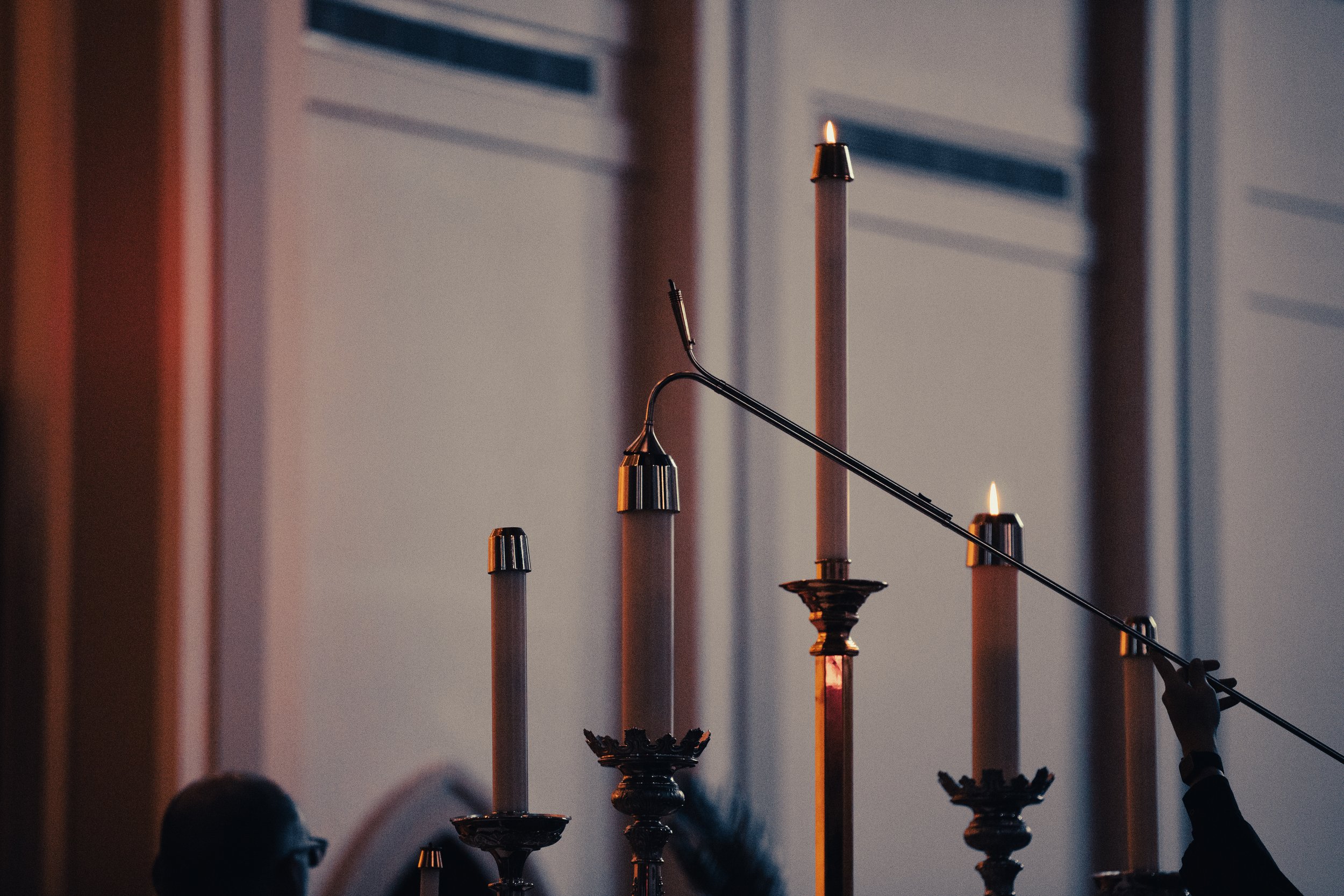Tenebrae (Latin for darkness or shadows) has for centuries been applied to the ancient monastic night and early morning services (Matins and Lauds) of the last three days of Holy week, known as the Paschal Triduum. In medieval times Tenebrae came to be celebrated on the preceding evenings. It is a most beloved and hated liturgy because of the shadows of death that begin to cling to our Lord starting with this liturgy on the even of the Wednesday of Holy Week, sometimes called ‘Spy Wednesday’ in reference to the ambush of Jesus by Judas Iscariot.
Apart from the chant of the Lamentations (in which each verse is introduced by a letter of the Hebrew alphabet), the most conspicuous feature of the service is the gradual extinguishing of candles and other lights in the church until only a single candle, considered a symbol of our Lord, remains. Toward the end of the liturgy this candle is hidden, typifying the apparent victory of the forces of evil. At the very end, a loud noise is made, symbolizing the sealing of the tomb by a great stone and all depart in silence. Interestingly, the candle stand is known as a hearse. The Tenebrae service recreates the betrayal, abandonment, and agony of Jesus and it is left unfinished, because the story isn’t over until the Feast of the Resurrection.




